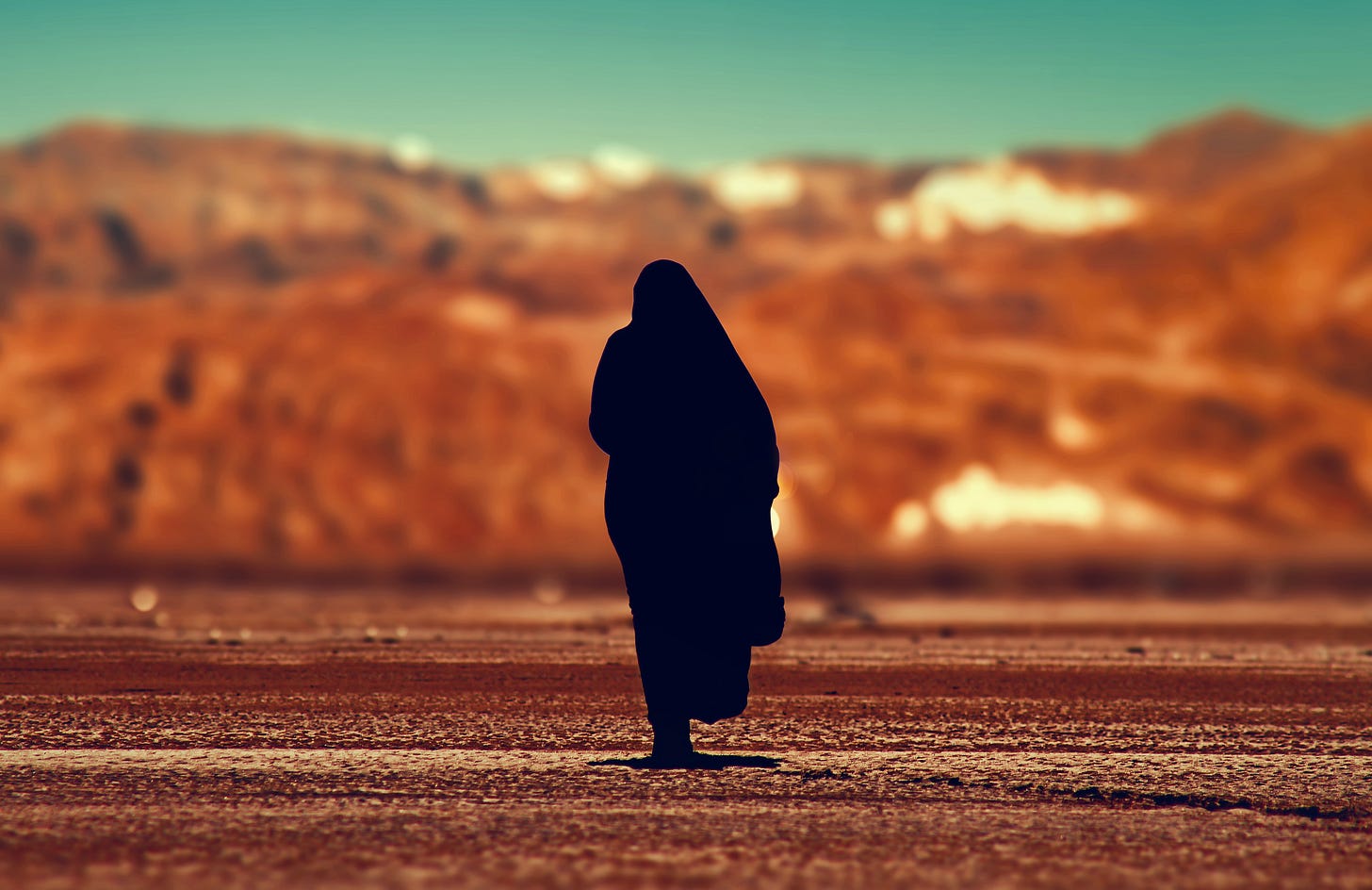The Women Who Saved Christmas: Eve, The Mother of All Living
If you want to see how God is working in scripture, watch the women.
A few years ago, I heard a sermon from one of my favorite Old Testament scholars (and favorite preachers), Dale Ralph Davis, that stuck with me. (I often joke that you haven’t heard me teach the Bible until you’ve heard me reference him. I usually find a way to sneak him in.)
The title of the sermon was called “The Woman Who Saved Christmas” and it was on a little-known woman in 2 Kings 11, Jehosheba. I won’t talk about her much today because that’s for another post, another day this month. But the title of his sermon was so clever I decided to use it for my December Advent series here on my Substack. I’ll still post twice a week (Tuesday and Friday) this month, but I’m shifting my theme to Advent—particularly, watching the women in the story of scripture. There are a lot of great Advent resources out there, and I don’t intend to compete with them. But if you want a different angle—or more food for thought—as you walk through this Christmas season, that’s my goal for this series. Also, it seems women are almost always in the conversation in Christian circles, but not always positively portrayed (beyond a few stories and characters). Consider this an expansion of your biblical palette.
It makes sense to watch the women as we think about Christmas. There are quite a few women in the biblical narratives. Women make up half the population—inside and outside the church. And Christmas is about heralding the birth of a baby. If you’ve followed science, you know you can’t have birth without women.
When God created Eve, he made her distinct from Adam. She did things he couldn’t. She was created with the capacity to bear and nurture life. As an image bearer of God, she was made to represent God to the watching world, as was Adam. Their sameness as image bearers bonded them together. Their uniqueness in their maleness and femaleness was an asset as they ruled the world God made together. And when sin entered the world in Genesis 3, we see the devastating consequences of their actions hitting at every aspect of their image bearing—including bearing children (Gen. 3:16).
But pain is not the final word. Consequences are not the end of the story.
Photo Credit: Unsplash
God never lets his enemies win, so he pronounces a promise and a judgment (Gen. 3:15). The woman would have a child who would crush the serpent (and sin) forever. As they stand under the weight of their sin, God says “hope is on the horizon.” Adam names his wife at the end of Genesis 3, and he calls her “Eve” because she is the mother of all living. So, we watch the woman, waiting for redemption to come.
They are cast out of the garden, clothed by the God who made them, broken over what has been lost, and looking forward to the promised seed to come. They believed they would see him in their lifetime, and we see this in how Eve names her children in the following chapter in Genesis. And yet, centuries upon centuries follow with each child born dying like those who came before them. Still, we watch the woman.
But in Genesis 3, we’re given a target to follow. We follow the woman. We follow the seed. We follow the birth scenes and the barrenness. We follow the women who wait on children to be born, and the ones who save babies from the clutches of the seed of the serpent. We follow the women who trust the promised offspring when he finally comes, and the women who see him in the garden when he rises. All throughout scripture, women have followed in the footsteps of Eve, the mother of all the living, waiting for the seed to come and makes things right. And all throughout scripture, women wondered if the baby in their womb was the one, or if they should hope for another. Women knew that they were intricately tied to the story God was writing for his people, so when he finally came, they clung to him in faith. When he finally came, he treated them like he had created them—valuable, necessary, and part of his plan for redemption.
It seems there’s always a lot of discussion about women in the kingdom of God. We talk a lot about what women can or cannot do. We worry about women rising beyond boundaries set for them. But as we step into this Christmas season, it’s important to remember that the Savior of the world is born of a woman. He came through a birth canal. Women have been so vital to the story moving forward that God put the woman in the promise. For the seed to come, he had to come from her first.
To a watching world, wondering if Christianity has anything to offer women, let this be a resounding “yes.” There is no Christmas without the woman.
Adam named his wife Eve in hope, believing that through her the redeemer would come. Like all the saints who’ve come before us, this Christmas, we watch the woman to see how the story unfolds.
These are the women who saved Christmas.







